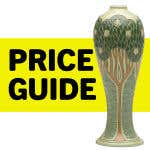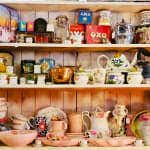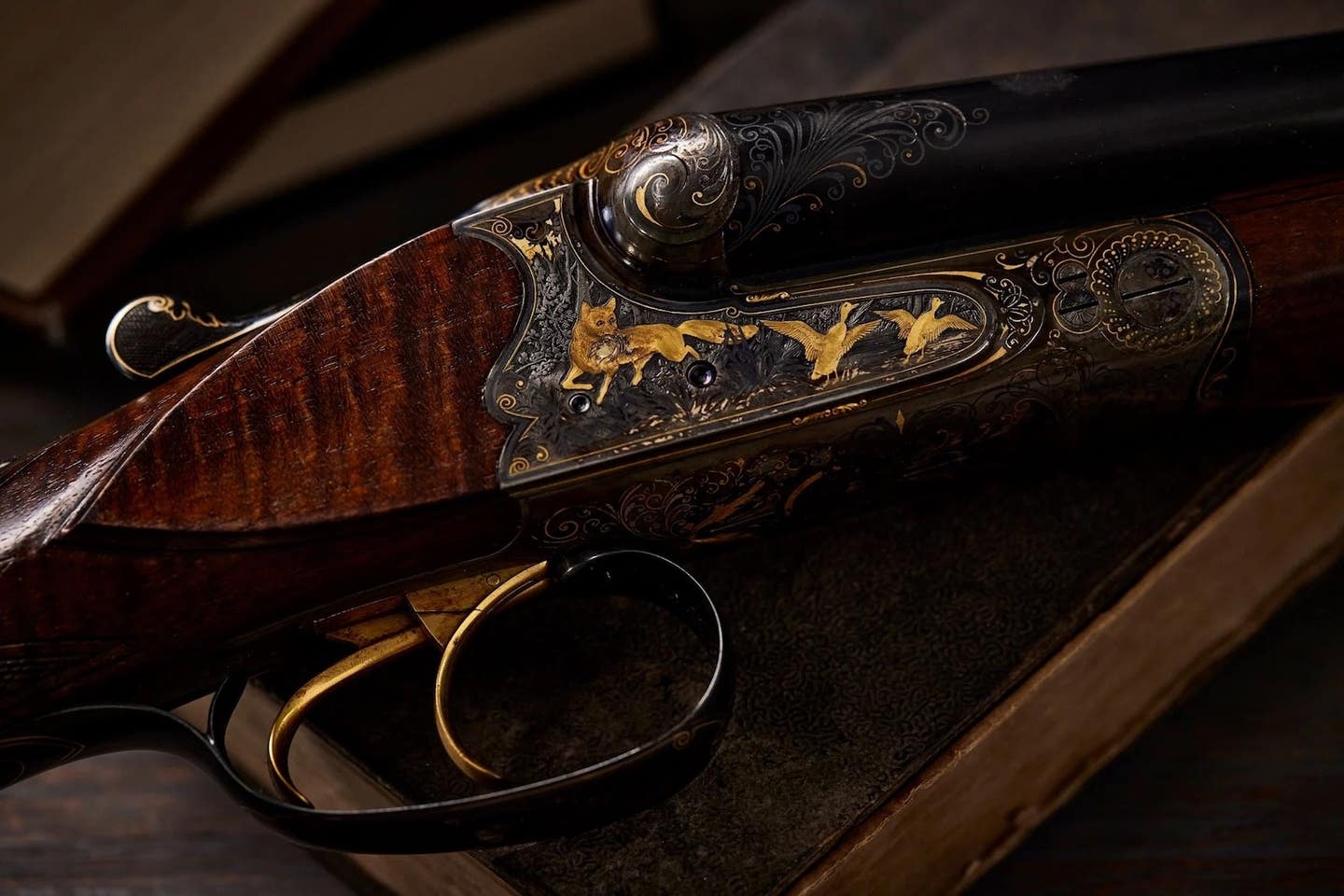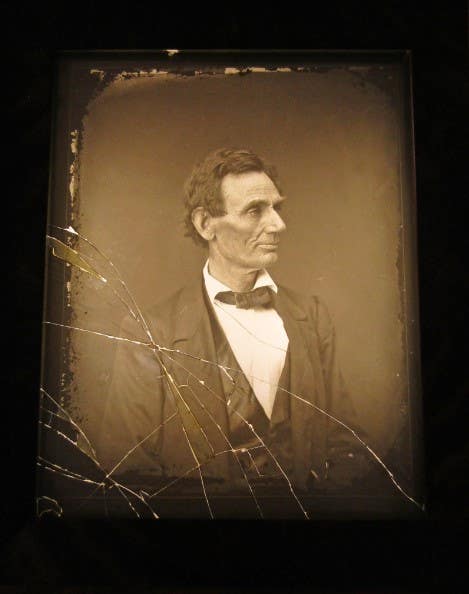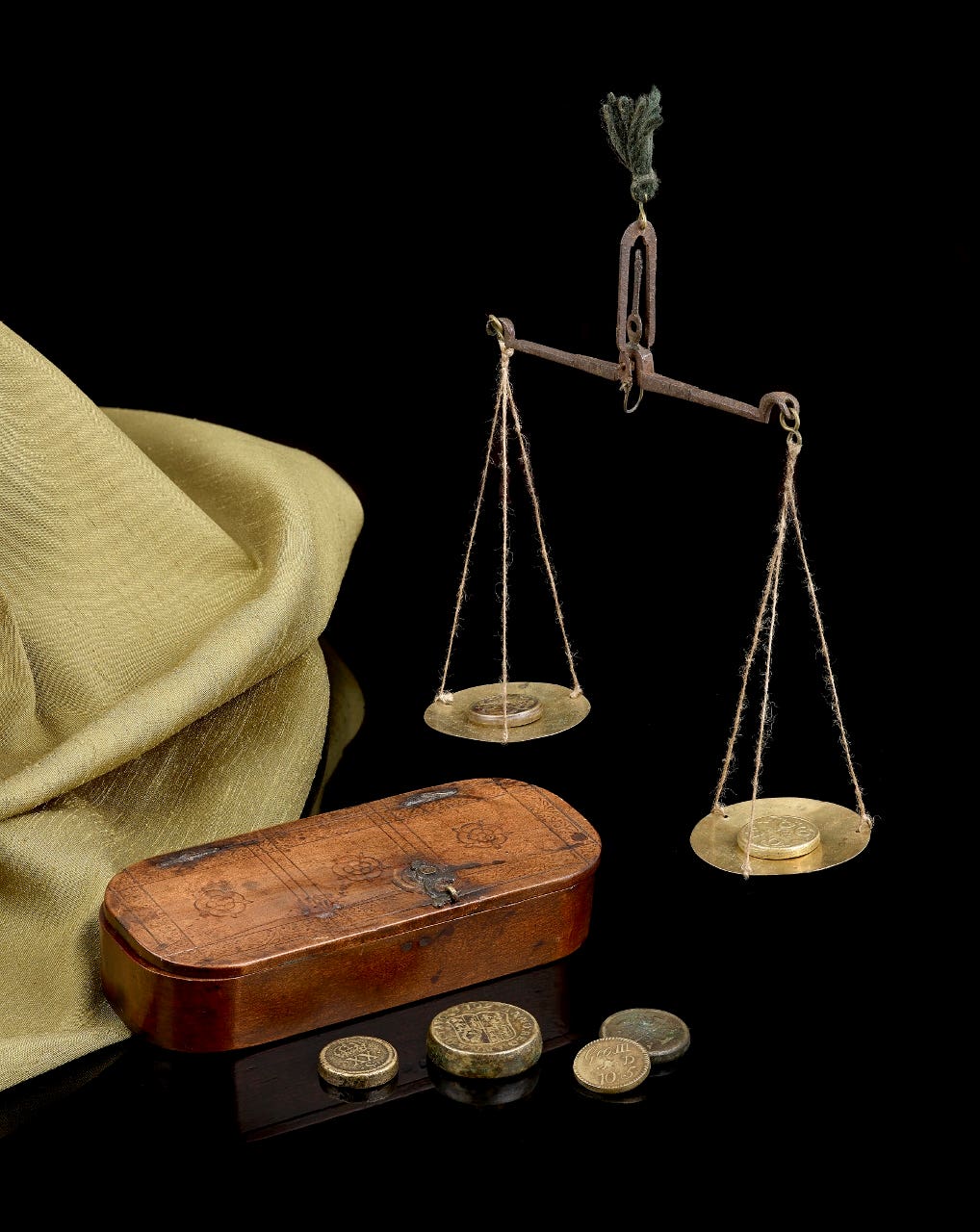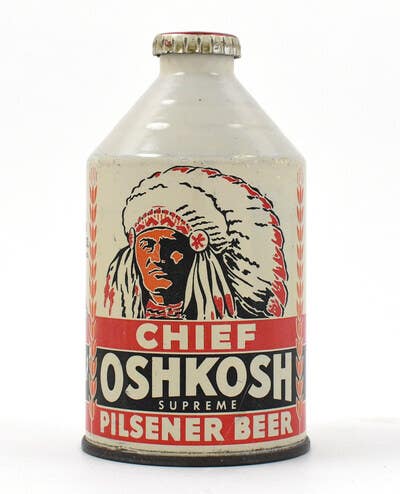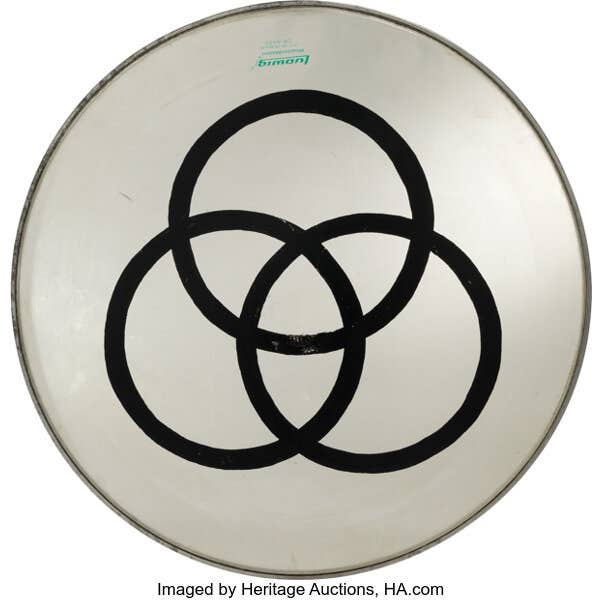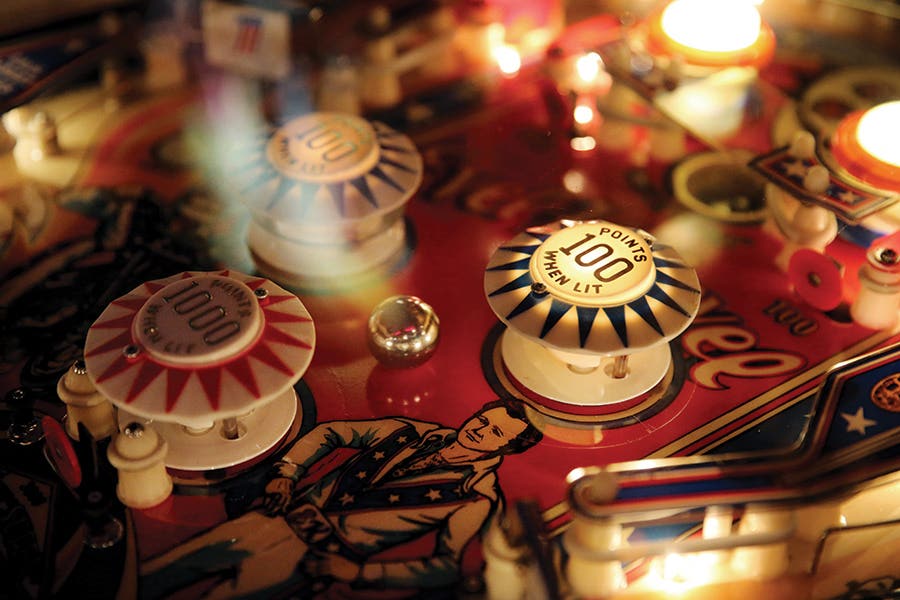Ten Things You Didn’t Know: Bride’s Baskets
Learn more about bride’s baskets, once the go-to wedding gift that remains popular with collectors.
The challenge of finding the perfect wedding gift plagues many wedding guests today, but this was less so in the 19th century, when a bride’s basket was the go-to gift. Extremely popular in the 1880s as a luxury gift for a bride on her wedding day, bride’s baskets were an elegant way to express beauty, love, and graciousness.
1 Bride’s basket is a modern moniker for something often referred to as cake, berry or fruit bowls or baskets. This made perfect sense, since those are the types of items one would expect to find in the baskets.
Beginning of the Bride's Basket
2 The baskets grew out of the popular wedding protocol of bestowing gifts of silver during ceremonial events, like a wedding — hence the name bride’s basket. However, before the baskets would become popular wedding gifts, they served important purposes, especially during lavish weddings during the early-to-mid 19th century. The palatial baskets, then often made of coin or sterling silver, would hold flower petals scattered by flower girls. The basket would also sit atop the wedding party’s table during the reception to display a bride’s bridal bouquet.
3 Silver manufacturers saw the potential for a greater market if a bride’s basket was more affordable. This realization prompted many companies to use silver plate instead of coin or sterling silver. Glass companies saw the boom associated with bride’s baskets and acted: Shortly before the turn of the 20th century, glass bowls started appearing and were paired with the silver-plated baskets.
Fashionable, Even If for a Short Time
4 A most appealing bride’s basket during the short period of time they were largely in fashion (1860s-1910s), and in the eyes of modern-day collectors, is the double bride’s basket. At auction in 2014, a pair of antique ruffled art glass bowls featuring enamel pear branch décor, set upon a Pairpoint frame boasting a design of cherubs riding turtles, sold for $16,520 at Woody Auction. Double bride’s baskets have been selling at auction in more recent years anywhere from $200 to $6,500 for a large Crown Milano one weighing more than 16 pounds that sold at Woody Auction in March 2021.
5 It was common practice for silver companies to purchase glass baskets to pair with the silverplate stands they produced, and vice versa for glass companies.
Elements Add to Appeal
6 On rare occasions, the frame of a bride’s basket would be made from brass, bronze or pewter, but by and large, silver was the preferred material.
7 In 2019, another bride’s basket Woody Auction sold was a Victorian blue satin diamond-quilted mother-of-pearl art glass bowl with a pink satin interior and enamel floral and insect highlights by Mt. Washington. It received 26 bids and sold for $6,500. Woody said it was one the nicest bride’s baskets it has sold.
Fit Aids in Identifying Pairs or Marrieds
8 Although many cut-glass bowls, frames and plates were sold as singular bride’s basket examples, in today’s marketplace, seasoned collectors advise checking the “snugness” of the glass insert to confirm the authenticity of the pairing. If the glass bowl can easily be moved within the stand, the bride’s basket is not a pure pairing and instead was “married” sometime during its history.
9 Some of the manufacturers that produced bride’s baskets include Pairpoint, Reed & Barton, Meriden, Mt. Washington, Moser, and Webb.
10 Bride’s baskets went out of favor as the top wedding gift in late 1905.
